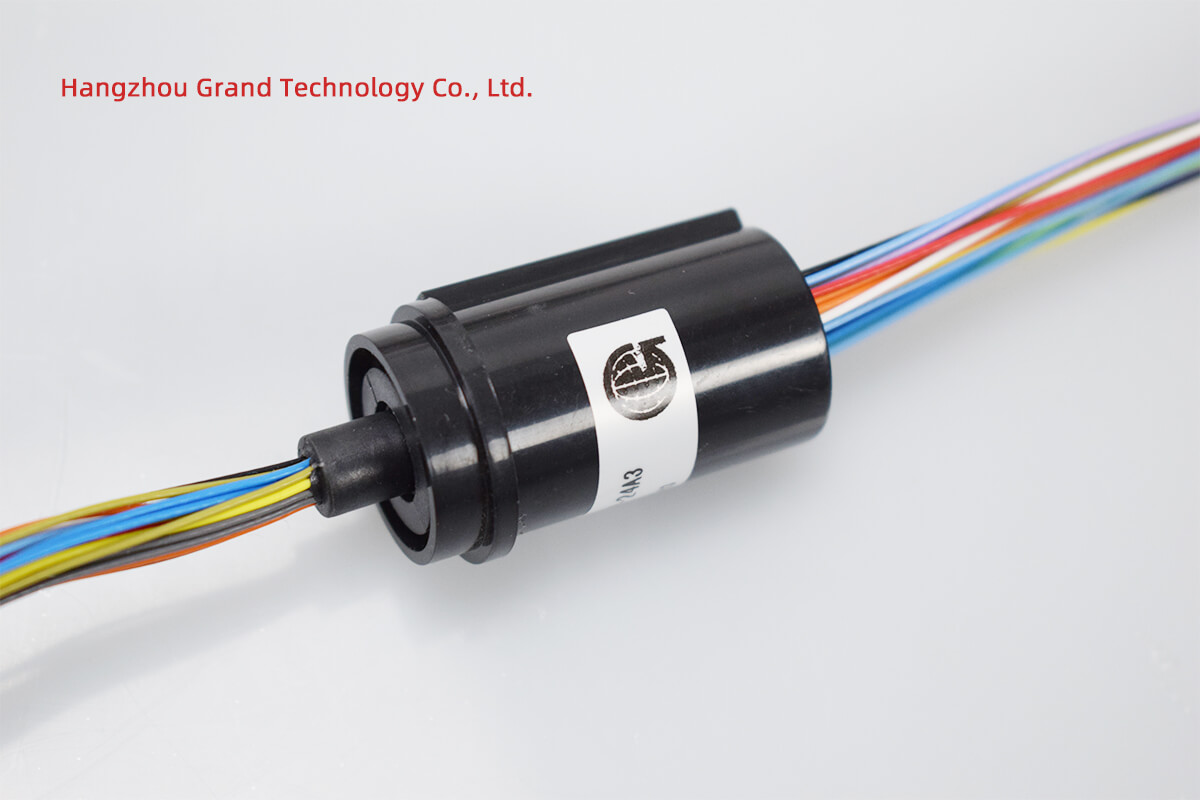Collecting rings, or slip rings, are an innovative type of connector that enable the transfer of power and data between two rotating components. Slip rings are used in a wide range of applications, from medical equipment to robotics, and are an integral part of many modern technologies. Here, we explain how a slip ring connector works and its many benefits.
What Is a Slip Ring Connector?
A slip ring connector is a device that enables the transfer of power and data from a stationary component to a rotating component. It consists of a stationary contact and a rotating contact, which are connected by a metal brush. As the rotating component moves, the brush slides along the surface of the stationary contact, allowing for the transfer of power and data. This type of connector is often used in applications where the power source or data source is stationary, while the receiving component is rotating.
Benefits of Slip Ring Connectors
Slip ring connectors offer several advantages over traditional connectors. For one, they are able to transfer higher currents than traditional connectors. This makes them ideal for applications that require a large amount of power. Additionally, slip rings are much more reliable than traditional connectors, as they are not subject to wear and tear. Finally, slip rings are able to transfer a variety of signals, including power, data, and audio/video signals.
Applications of Slip Ring Connectors
Slip ring connectors are used in a wide range of applications, including medical devices, robotics, and industrial machinery. In medical applications, slip ring connectors are used to transfer power and data between a stationary component and a rotating component, such as a robotic arm. In robotics, slip rings are used to transfer power and data between a stationary base and a rotating arm. Finally, in industrial machinery, slip rings are used to transfer power and data between a stationary component and a rotating component, such as a conveyor belt.
Slip ring connectors are an innovative type of connector that enable the transfer of power and data between two rotating components. They offer several advantages over traditional connectors, including the ability to transfer higher currents and greater reliability. Slip ring connectors are used in a wide range of applications, including medical devices, robotics, and industrial machinery.
See What We Can Do

